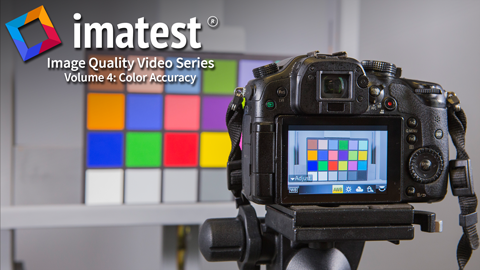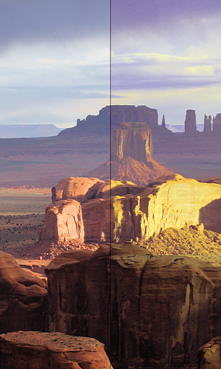
Accuracy and appeal

Color accuracy is an important but ambiguous image quality factor. It can be critical in medical and technical photography, but less so in pictorial (consumer) photography, where many viewers prefer enhanced color saturation, particularly in “memory colors”: foliage, sky, and skin. Accurate color is not the same as “pleasing” color.
Whatever the application, it is important to measure a camera’s color response: its color shifts, saturation, and white balance effectiveness.
Color response is measured by Colorcheck, using the widely-available 24-patch X-Rite ColorChecker® and by Multicharts and Multitest using the 24-patch ColorChecker, ColorChecker SG, IT8.7, QPcard, and many other standard and custom charts. These charts may be included in scenes for white balance testing.
Color accuracy may be measured against standard chart reference values or CSV reference files that contain measured color values, which may be altered to reflect customer preferences. Measuring color patches is described here.
Color accuracy is affected by the Bayer color filter array and by the signal processing and white balance algorithm in the camera or RAW converter. Flare light (veiling glare) in lenses tends to reduce color saturation. Multicharts and Multitest can calculate a color correction matrix.

